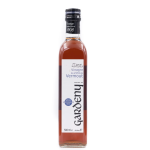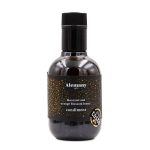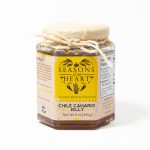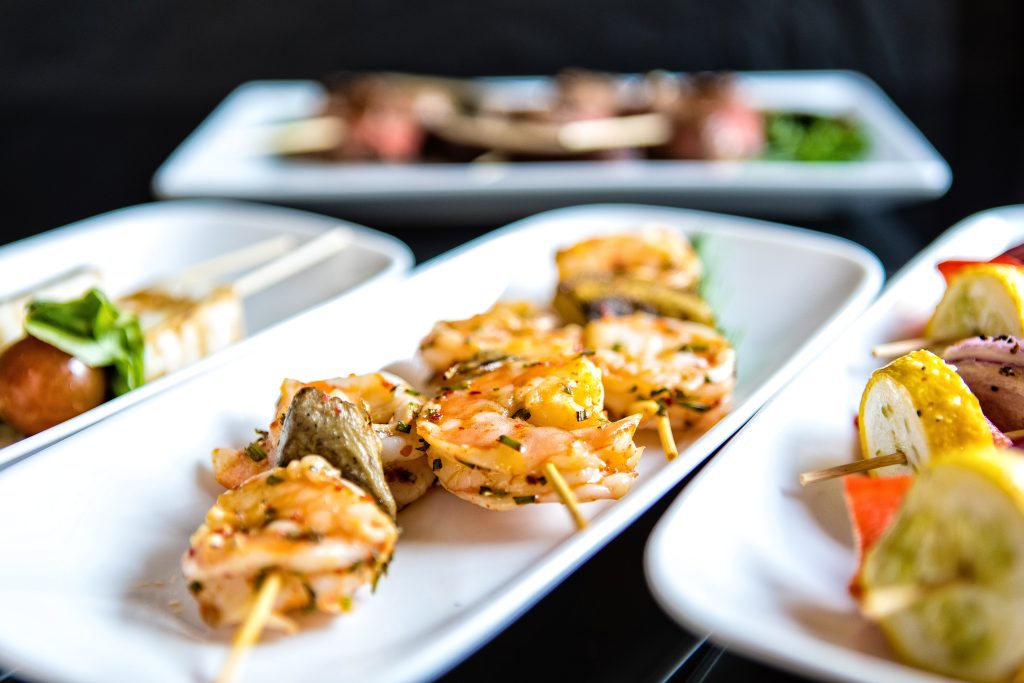
It’s a sea-mingly obvious choice, right?! We’d all likely choose to be eating foods without added chemicals, but most shrimp, whether farmed or wild-caught, do have chemicals added to them—namely, sodium tripolyphosphate and sodium bisulfite. At Zingerman’s Deli, we’re always focused on sourcing great ingredients (and are always looking to shrimprove!), which is why we exclusively use chemical-free, Gulf Coast shrimp—it’s a better choice than most shrimp sold to restaurants and in grocery stores. Want to know why? Ask and you shell receive!
Why It’s Better to Keep It Shrimple
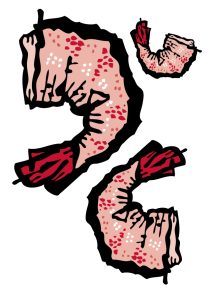
Sodium tripolyphosphate (TSP) causes seafood to absorb water, which increases its weight from seven to 10 percent. Not only are you paying for that added water weight, but that additional H20 makes for bland shrimp. Shrimp treated with this chemical cooks differently from untreated shrimp as well, the high moisture content causes them to steam rather than sear when you sauté them. They also tend to have a bouncy and rubbery texture and stay translucent even after cooking. All in all, not something we want to shell out for!
Sodium bisulfite is used to keep the shrimp shells from developing black spots after being exposed to oxygen—the marine life equivalent of an apple browning. Adding this chemical is purely for aesthetics; it doesn’t actually preserve the shrimp in any way. Melanosis, the name for the darkening of the shell, has zero effect on the flavor and it indicates that the shrimp are chemical-free! Also, one percent of the population in the U.S. has a sensitivity to sulfites, so the benefits of sourcing ingredients without them is, well, easy to sea!
Shrimpressive Dishes
Our Catering & Events team makes waves with a number of delicious dishes featuring these chemical-free, Gulf Coast shrimp:
- Gulf Coast Shrimp with Pasta—A main course pasta dish with shrimp, marinated artichoke hearts, red bell pepper, rosemary, extra virgin olive oil, and Marash pepper
- Paella—A main course dish traditionally made with Bomba rice, chicken, chorizo, and shellfish
- Creole Cold Boiled Shrimp—An appetizer of shrimp boiled in our housemade Cajun spice mix and served cold with housemade cocktail sauce
- Pintxo Chomin—An appetizer featuring smoked salmon, hard-boiled egg, shrimp, and anchovy on bite-sized toast (Also spelled pincho or pinchu, a pintxo (pronounced “peen-cho”) is a small snack. In Spanish, pincho means “thorn” or “spike;” they’re so named for the toothpick or skewer that often holds these tiny tapas together.)
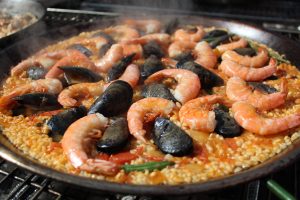 Shrimp Shellection at the Store
Shrimp Shellection at the Store
Now you know that we only use chemical-free shrimp at the Deli, but how do you shop for safe shrimp when you’re out and about? Sodium tripolyphosphate is added to shrimp after peeling, so to avoid it, stick with shell-on shrimp and peel them yourself. For sodium bisulfite, check the fine print on the packaging—chemicals are required to be listed on packaged seafood. Even better, strike up a conversation with your fishmonger and get the information straight from the source!
Though if you can’t find out that information for some reason, there’s likely no need to worry too much about it. Based on clinical experiments, the World Health Organization Expert Committee on Food Additives came to the conclusion that small amounts of sulfites as food additives will cause no harm and the United States Food and Drug Administration lists sodium phosphates as “generally recognized as safe.” So if you’re debating whether or not to indulge in shrimp cocktail at a party, there’s no need to deny yourself a tasty bite of seafood.

